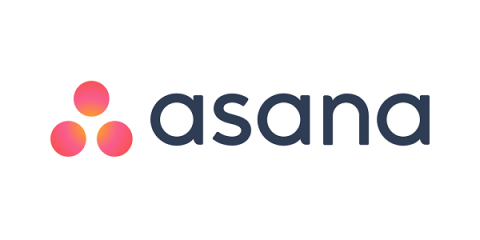20 project manager interview questions and answers
Landing a project management interview is a big accomplishment. But you’ll only get a chance at the job if you prepare for the interview properly. In this article, we cover some of the most common project manager interview questions and answers so you can ace this interview and get hired. Congratulations! You got the interview for a project manager position. But right after you put the date on your calendar, the interview jitters hit.



















